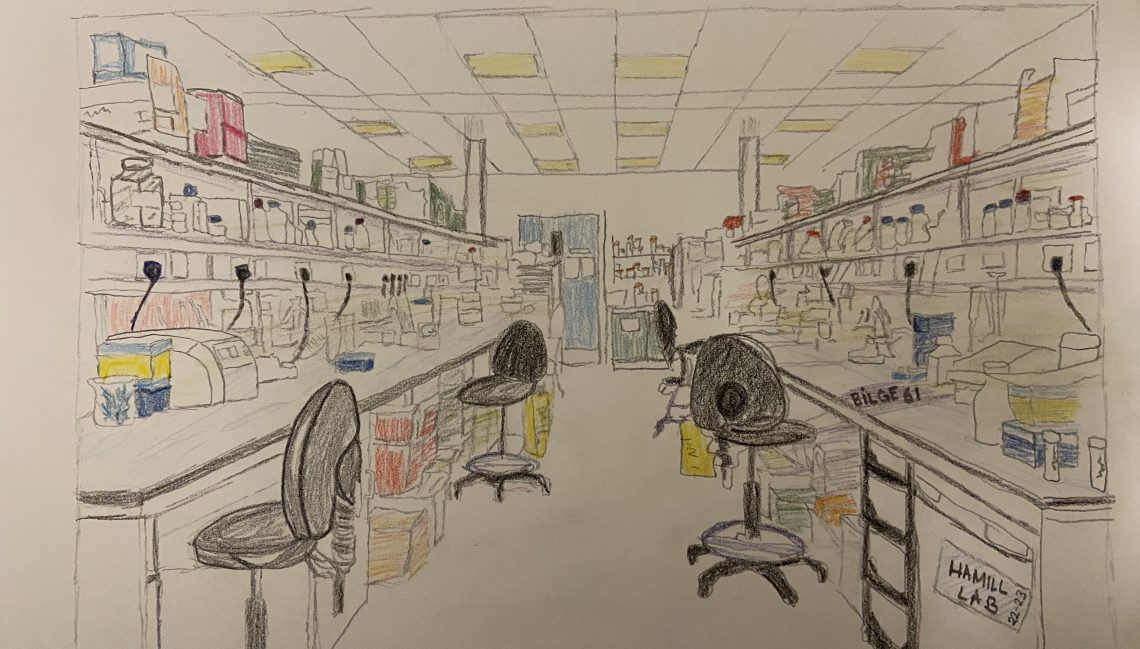
Which of the following options is the most likely explanation of the above pedigree.
Mitochondrial
Yes, maternal inheritance fits perfectly here. You can trace inheritance down the maternal line from maternal grandmother to mother to all offspring and not via the male line.
Autosomal Dominant
This is possible, but not the most likely. We will calculate how likely in the next question. Try again.
Autosomal Recessive
This is possible but would require some of the unaffected family members to be unknown carriers. Of course, this can and does happen and how likely it is depends on the prevalence of the condition. However, here, there is another explanation that fits without relying on unknown outside elements
Y-linked
Y-linked goes through the male line, XX females do not carry a Y chromosome and therefore can not be affected. Note squares are male, circles are female in conventional pedigree diagrams. Try again.
X-linked recessive
For this to be true, the father of the 5 affected children and the grandfather on the right side would both have to be affected too. X-linked disorders often have incomplete penetrance; however, this is not a likely explanation here.
In the previous question, autosomal dominant was a potential answer that could fit the pattern of affected individuals. If we assume that this condition is inherited in an autosomal dominant way, then what was the likelihood that all 5 of the third generation offspring in the single family were affected?
1/32
yes, about 3%. Doesn’t sound very high. However, when we are dealing with large populations low probability outcomes happen very frequently. It is always worth considering all potential explanations and their relative likelihood when attempting to diagnose/advise or when planning follow up tests
1/1024
Nope, if it is autosomal dominant then there is a 50% chance per child that they would be affected. Try again.
1/2
This is true for each individual offspring irrespective of what has come before. However, if we consider the cumulative likelihood of the entire family then we have to combine those probabilities to reach the answer for the entire observation.
1/10
This would be adding the likelihoods, you need to multiply in this situation.
1/8964
I have no idea why you picked this! Remember that for autosomal dominant disorders, each child had a 50/50 chance of inheriting the affected allele from an affected parent. Have a think and try again!
Mitochondrial disease can manifest due to mutations in the genomic or mitochondrial DNA. Therefore the phenotype of the disease isn’t sufficient to predict the inheritance pattern. However, which of these symptoms might increase your suspicions that this is a sign of mitochondrial mutation? There are multiple correct answers here, can you get them all?
poor growth
developmental delay
muscle weakness
vision problems
arthritis
gout
asthma
scleroderma

